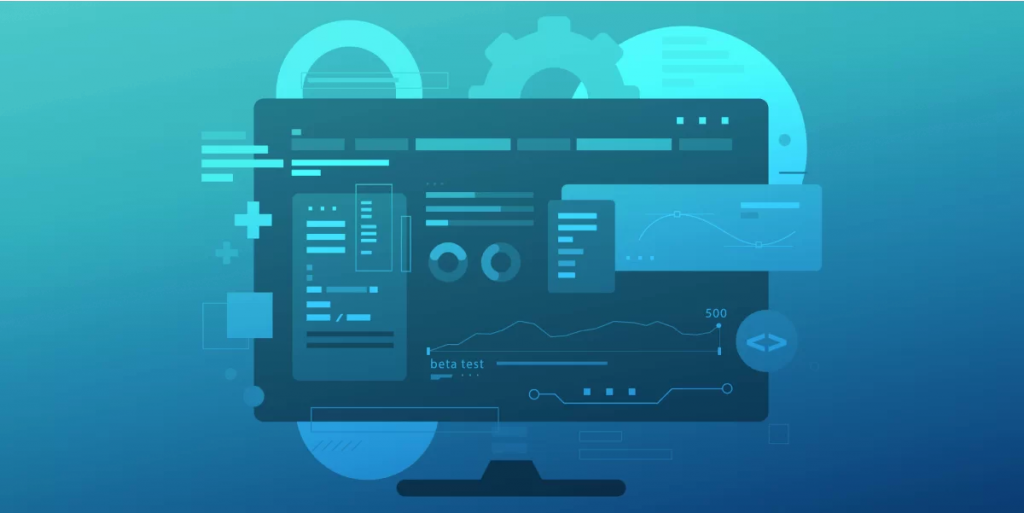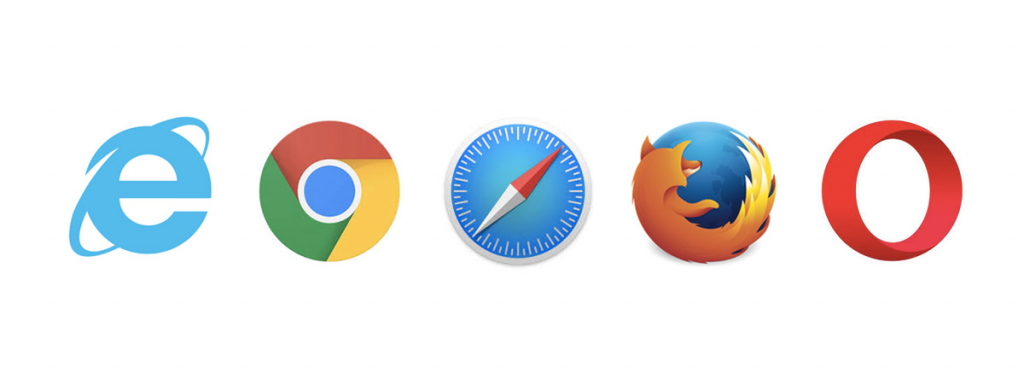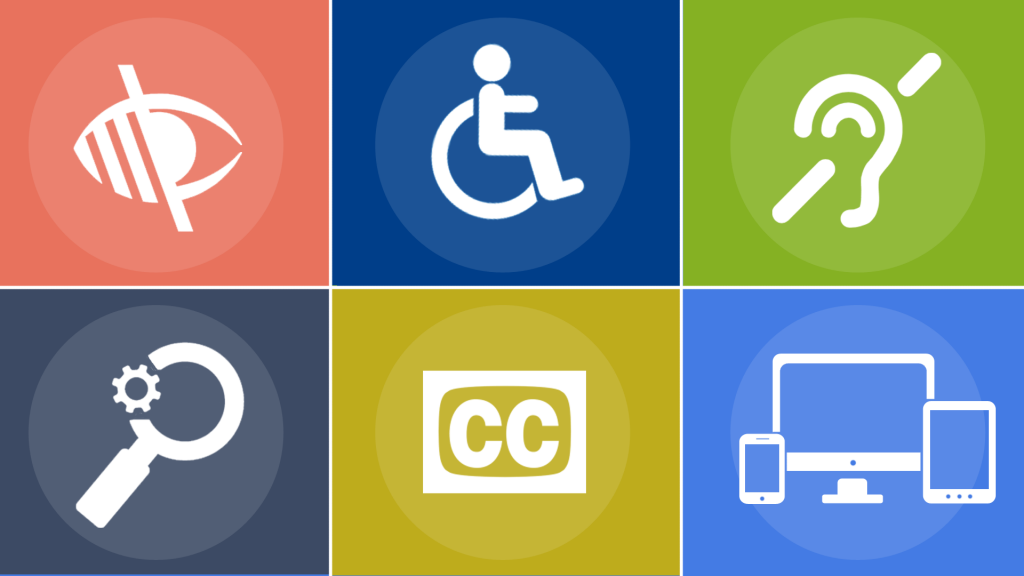As technology advances, so do the challenges that come with web design. From coding to user experience, there are a number of potential pitfalls that can arise when designing a website. From understanding the latest trends to ensuring your website is optimized for mobile devices, these challenges can be difficult to anticipate. However, with the right knowledge and preparation, you can be sure to create a website that is both user-friendly and visually appealing.

Security
Security is a major challenge when making a website. With the rise of cybercrime, it is essential to ensure that a website is secure and protected from malicious attacks. A website is vulnerable to a variety of threats, including malware, phishing, and data breaches. Data breaches can occur when a website is not properly secured, allowing hackers to gain access to sensitive information. Learn cybersecurity and prevent it.

Performance Optimization
When making a website because it requires a deep understanding of the underlying technology and how it interacts with the user experience. For example, performance optimization requires an understanding of the different types of web browsers and how they interact with the website. This includes understanding the different types of caching, compression, and other techniques that can be used to improve the performance of the website. All of these factors must be taken into consideration when optimizing the performance of a website, making it a challenging task.

Cross Browser Compatibility
Cross browser compatibility is a challenge when making a website because different browsers render webpages differently. This means that a website that looks great in one browser may not look the same in another. This is due to the fact that different browsers have different levels of support for web standards, such as HTML, CSS, and JavaScript. Additionally, different browsers have different levels of support for certain features. As a result, a website that looks great in one browser may not look the same in another.

Accessibility
It is not enough to simply make a website look good and be easy to use; it must also be accessible to people with disabilities. This means that the website must be designed in such a way that it can be used by people with disabilities, such as those who are blind, deaf, or have limited mobility. This means that the website must be designed with features such as high contrast text, larger font sizes, and alternative navigation methods.

Responsive
Responsive design is the practice of designing a website so that it looks good and functions properly on any device, regardless of size or orientation. This means that the website must be designed to be flexible and adaptable to different screen sizes and resolutions. This requires a lot of planning and forethought, as the website must be designed to be flexible and adaptable to different screen sizes and resolutions.
Conclusion
Web design can be a tricky business, and there are many challenges that can arise that you may not have anticipated. However, with the right knowledge and resources, these challenges can be overcome and you can create a website that is both attractive and functional. With the right preparation and research, you can ensure that your website is successful and meets the needs of your users. Take a look on this blog before you start your making your website.

